The Xinjiang Uygur autonomous region, China's northwest doorway to Central and West Asia, ranked second among the country's fastest-growing provincial-level regions in terms of foreign trade in 2023, highlighting its significance as a key player in the country's global trade network, officials and experts said.
Going forward, the establishment of a pilot free trade zone and a proactive policy package, coupled with Xinjiang's diverse range of industries and geographical advantages, bode well for further bolstering the region's trade growth and economic development, they said.
Trade value of Xinjiang, which holds extensive trade connections with 192 countries and regions, reached 357.33 billion yuan ($55.72 billion) last year, up almost 46 percent, outpacing the national average by 45.7 percentage points, said Li Qinghua, deputy head of Urumqi Customs, at a news conference.
Xinjiang's trade with Kazakhstan, Kyrgyzstan, Tajikistan, Turkmenistan and Uzbekistan grew by 50 percent in 2023 year-on-year, accounting for more than 79 percent of the region's total foreign trade, Li said.
Growth of Xinjiang's trade has been facilitated by the region's geography that offers certain strategic advantages. The region plays a crucial role in the Belt and Road Initiative, making it a key transit hub for trade between China and neighboring countries.
The region boasts 20 national-level land ports — the largest nationwide. More than half of the China-Europe Railway Express trips originated from Xinjiang, with Alashankou and Horgos operating 115 and 80 freight train routes, respectively, according to data from the local transport authority.
Alashankou Essent International Freight Forwarding Co is among the first to reap the rewards of the reforms implemented by local Customs to streamline clearance procedures and reduce vehicle dwell time at ports, with the introduction of intelligent systems and centralized inspection areas.
"The reforms have been transformational for our business. From loading to exiting, a truck now takes just about five hours. In the past, it used to take three days," said Li Wentao, general manager of the company, adding technology has slashed overall costs of logistics firms.
The BRI has facilitated the establishment of new trade corridors, improved transportation infrastructure, reduced trade barriers and boosted efficiency, resulting in a substantial increase in trade between Xinjiang and economies involved in the initiative, said Xu Hongcai, deputy director of the China Association of Policy Science's Economic Policy Committee.
In 2023, the proportion of Xinjiang's trade with other countries participating in the initiative reached 94 percent of the total, up from 89 percent in 2013, local Customs data showed.
The optimization of Xinjiang's export structure reflects a strategic shift toward higher value-added and technologically advanced products. The region has successfully expanded its export portfolio to include a diverse range of labor-intensive and electromechanical products, emphasizing its commitment to innovation and economic growth.
The region's efforts to diversify its export portfolio and focus on higher value-added products such as electromechanical items reduce its reliance on traditional sectors, making its exports more resilient to market fluctuations, said Zhou Mi, a senior researcher at the Chinese Academy of International Trade and Economic Cooperation.
Exports of labor-intensive and electromechanical products were worth 259.1 billion yuan last year, accounting for nearly 86 percent of Xinjiang's total exports. Outbound shipments of new energy vehicles, lithium-ion batteries and photovoltaic products grew more than 9 percent year-on-year to 2.96 billion yuan, official data showed.
Cross-border e-commerce helped expand Xinjiang's trade as the region actively promoted digital trade platforms, enabling local businesses to access global markets more efficiently, Zhou said.
In November, the China (Xinjiang) Pilot FTZ, encompassing areas in Urumqi, Horgos and Kashgar, started operations, playing a big role in building a "golden channel "between Asia and Europe.













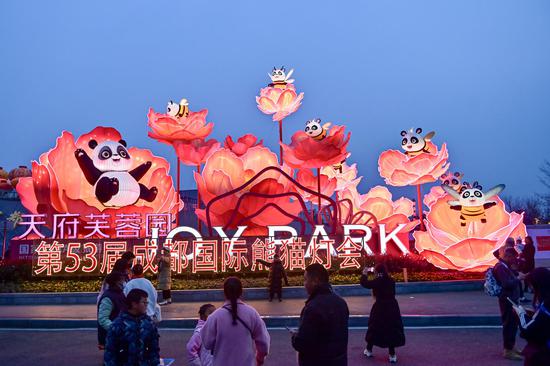





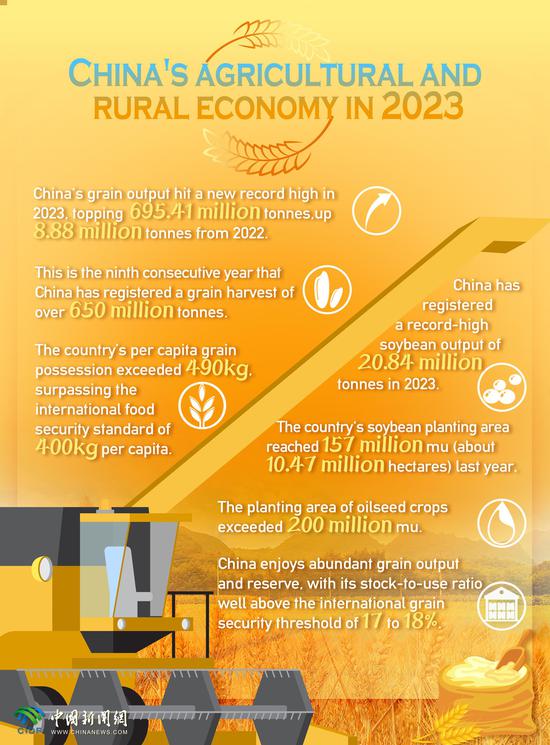




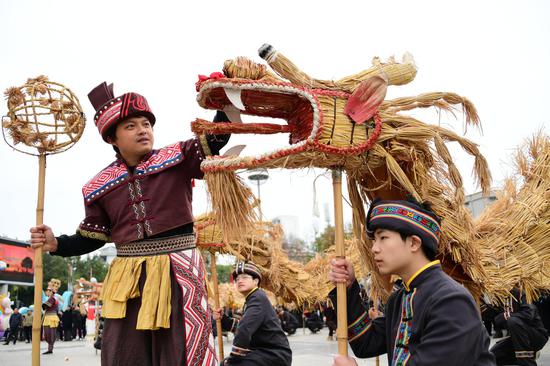
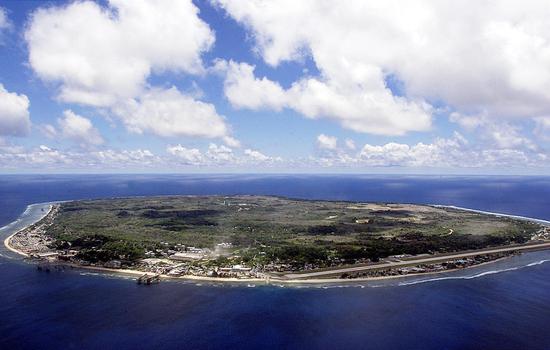


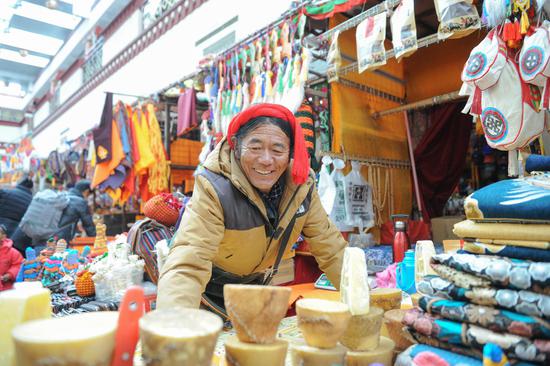

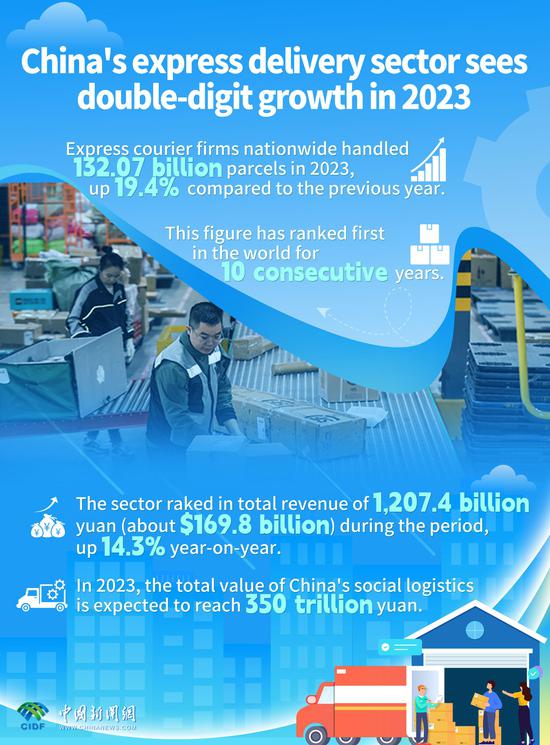
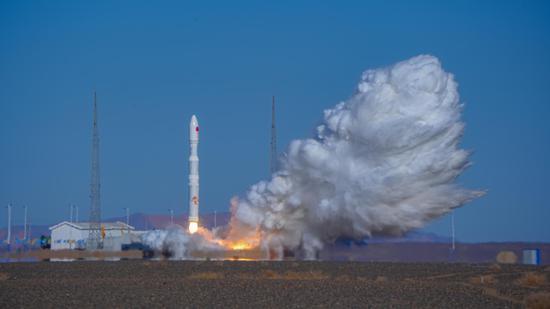



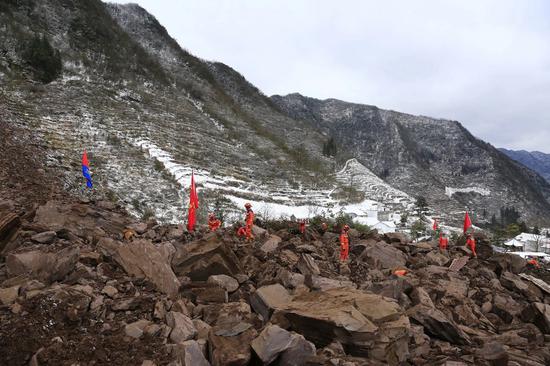












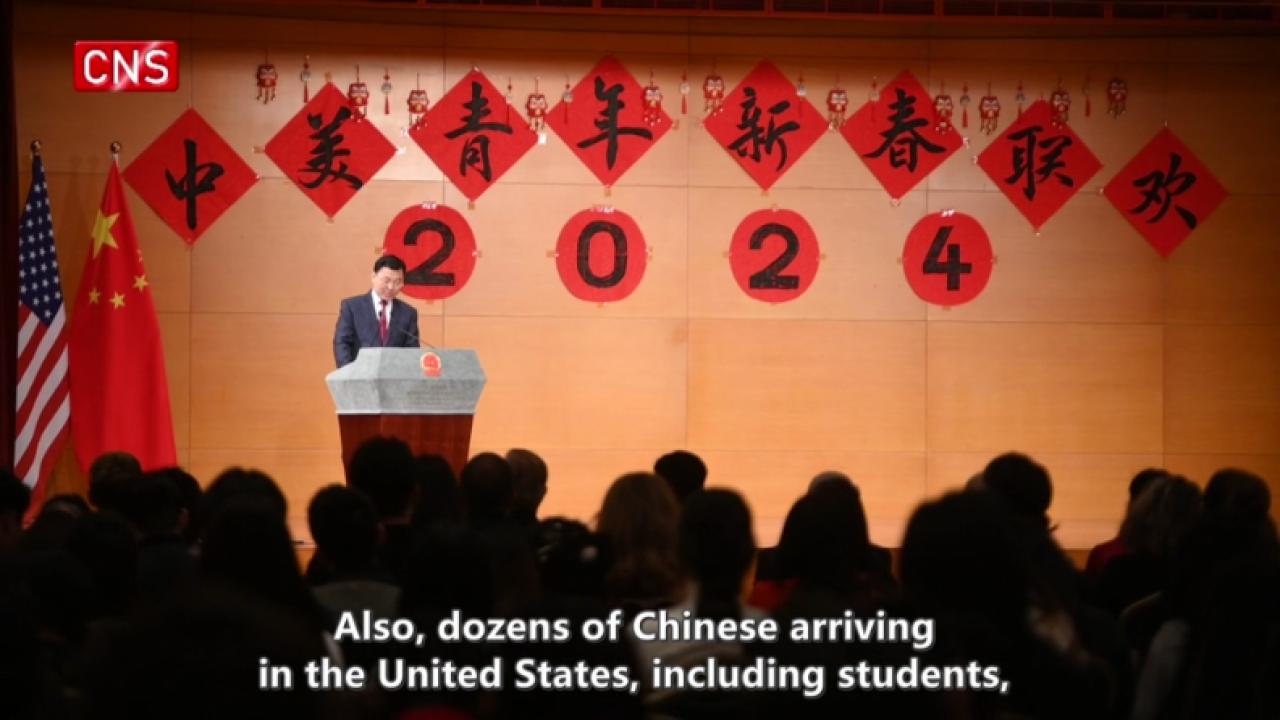

 京公网安备 11010202009201号
京公网安备 11010202009201号